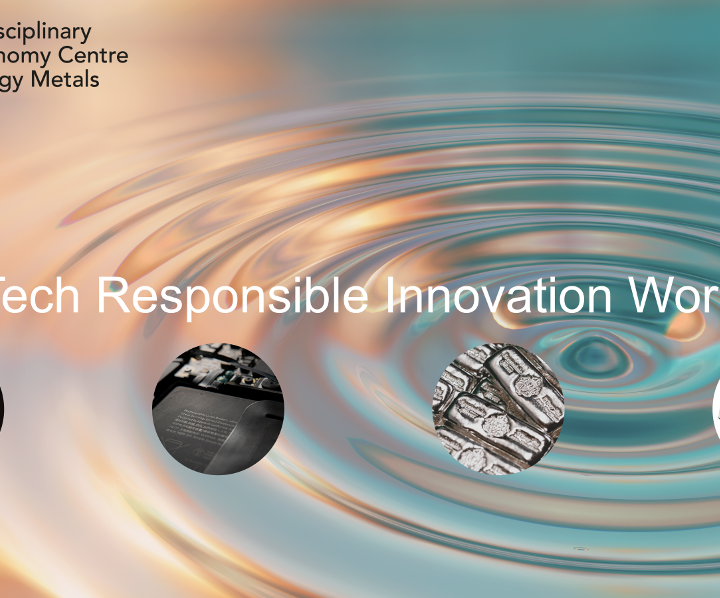Met4Tech, 2022
A review on circular economy: the expected transition to a balanced interplay of environmental and economic systems
2016, Ghisellini, Cialani & Ulgiati
Abstract
In the last few years Circular Economy (CE) is receiving increasing attention worldwide as a way to overcome the current production and consumption model based on continuous growth and increasing resource throughput. By promoting the adoption of closing-the-loop production patterns within an economic system CE aims to increase the efficiency of resource use, with special focus on urban and industrial waste, to achieve a better balance and harmony between economy, environment and society. This study provides an extensive review of the literature of last two decades, with the purpose of grasping the main CE features and perspectives: origins, basic principles, advantages and disadvantages, modelling and implementation of CE at the different levels (micro, meso and macro) worldwide.
Results evidence that CE origins are mainly rooted in ecological and environmental economics and industrial ecology. In China CE is promoted as a top-down national political objective while in other areas and countries as European Union, Japan and USA it is a tool to design bottom-up environmental and waste management policies. The ultimate goal of promoting CE is the decoupling of environmental pressure from economic growth. The implementation of CE worldwide still seems in the early stages, mainly focused on recycle rather than reuse. Important results have been achieved in some activity sectors (e.g. in waste management, where large waste recycling rates are achieved in selected developed countries). CE implies the adoption of cleaner production patterns at company level, an increase of producers and consumers responsibility and awareness, the use of renewable technologies and materials (wherever possible) as well as the adoption of suitable, clear and stable policies and tools. The lesson learned from successful experiences is that the transition towards CE comes from the involvement of all actors of the society and their capacity to link and create suitable collaboration and exchange patterns. Success stories also point out the need for an economic return on investment, in order to provide suitable motivation to companies and investors. In summary, the CE transition has just started. Moreover, the interdisciplinary framework underpinning CE offers good prospects for gradual improvement of the present production and consumption models, no longer adequate because of their environmental load and social inequity, a clear indicator of resource use inefficiency.






